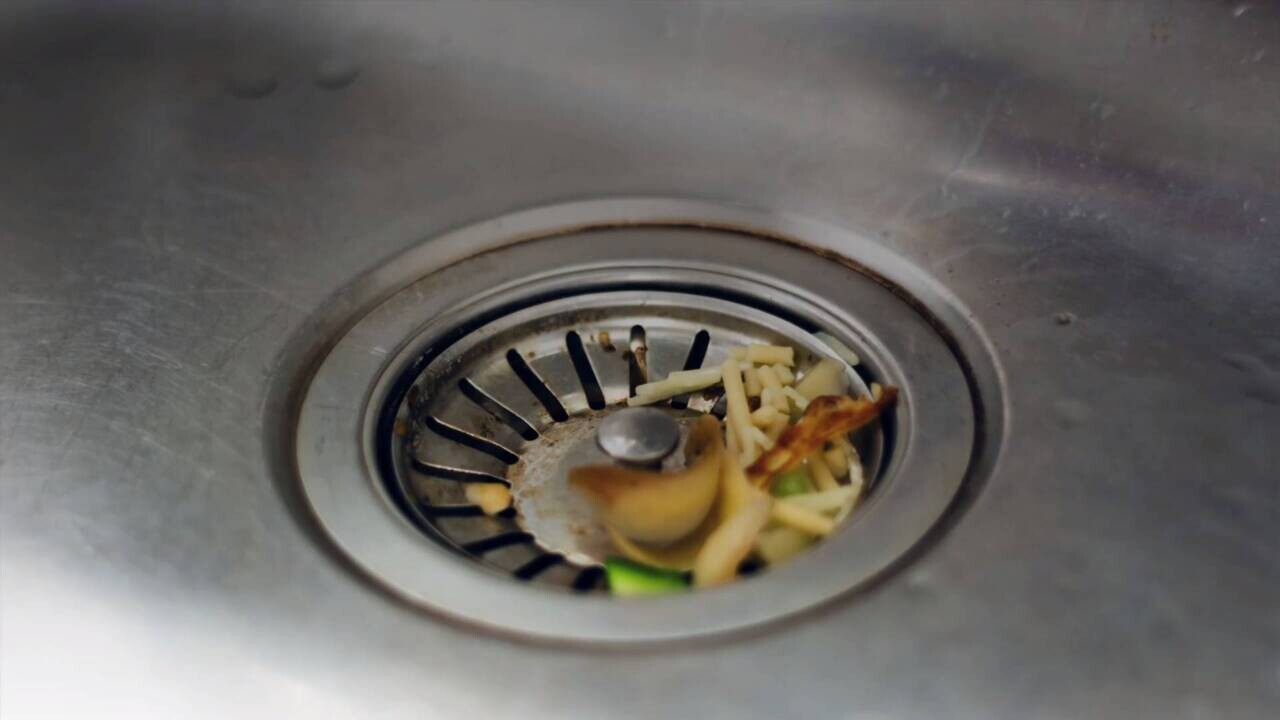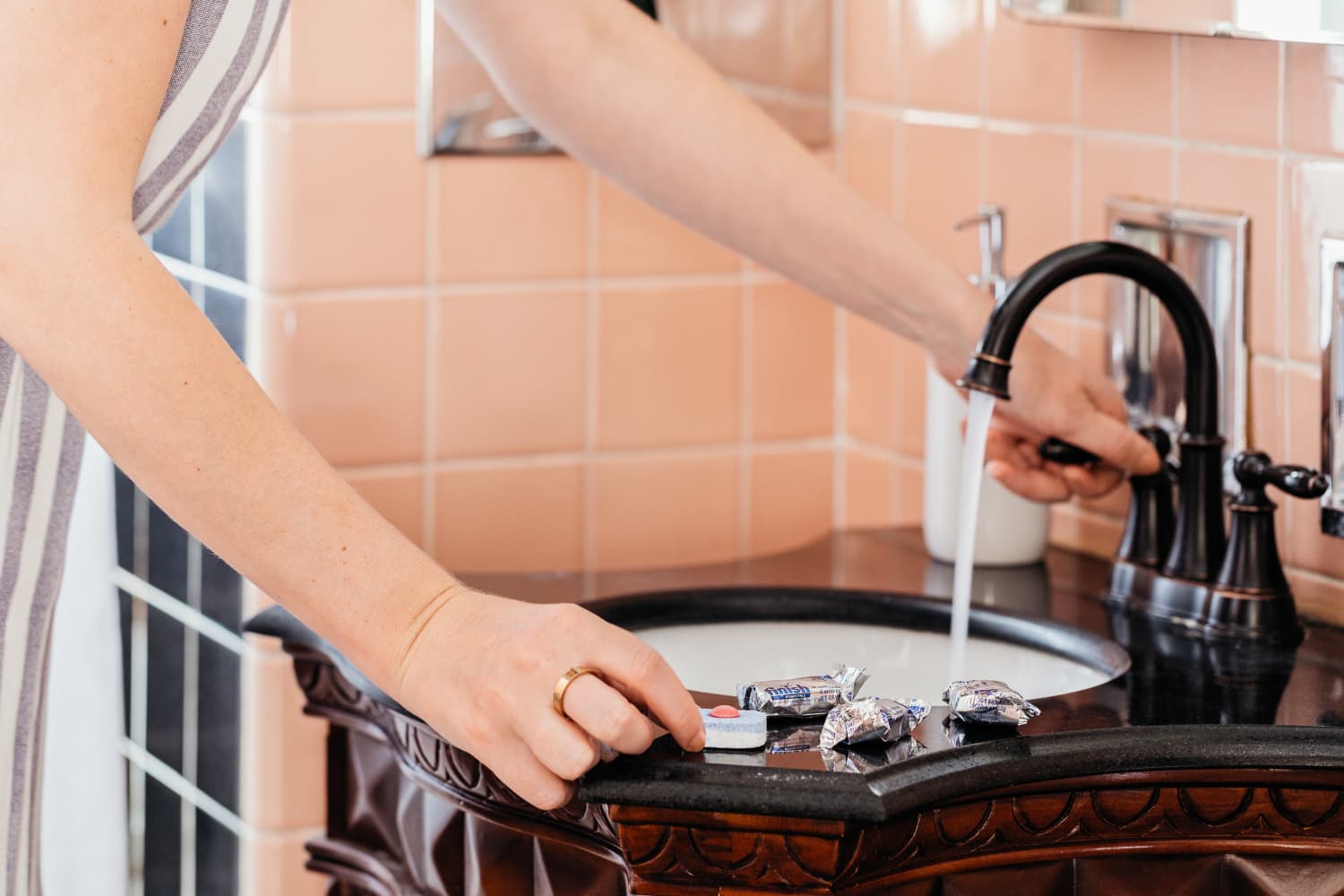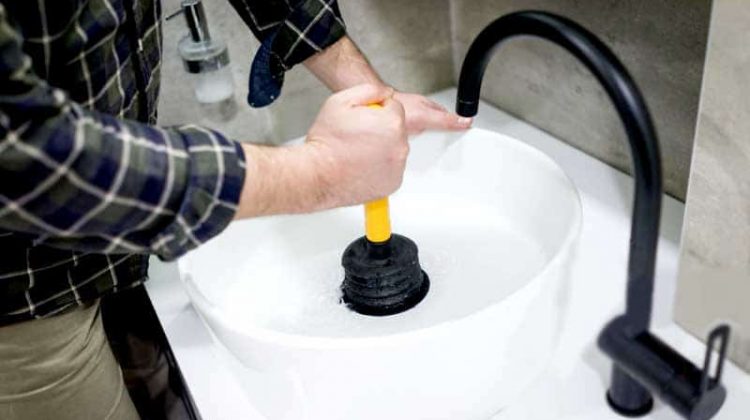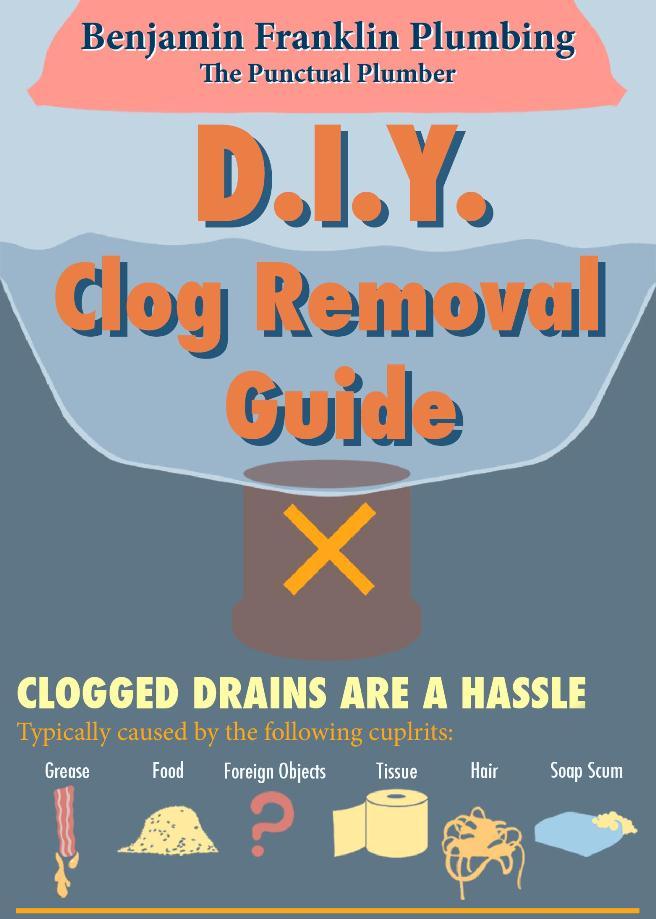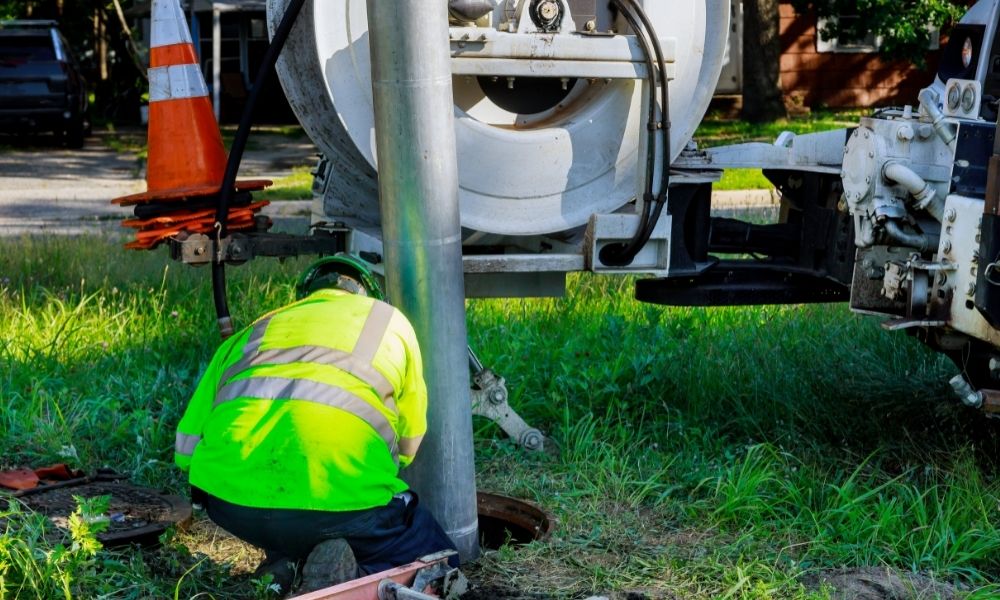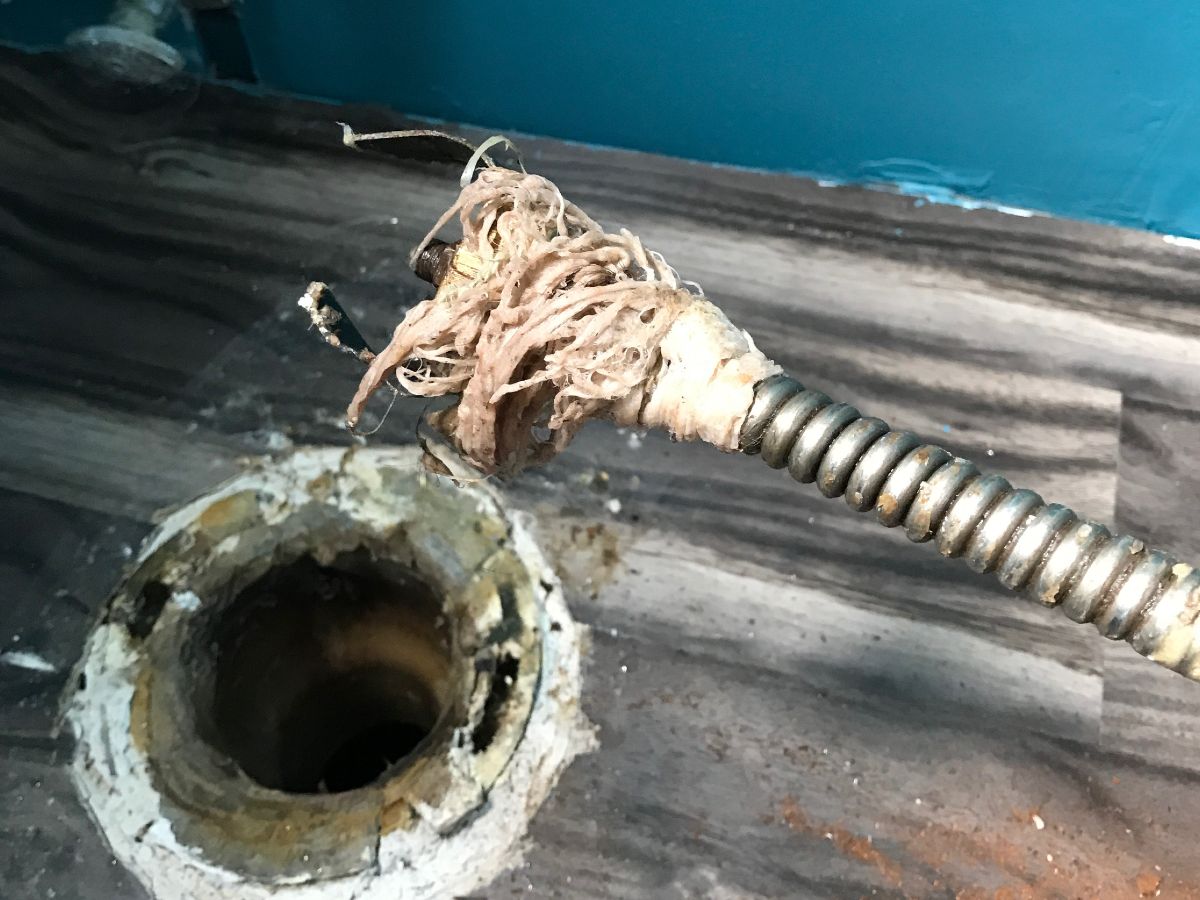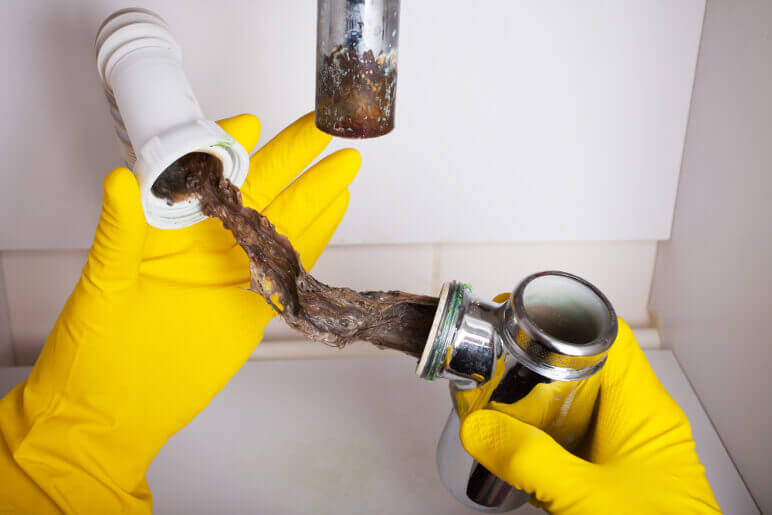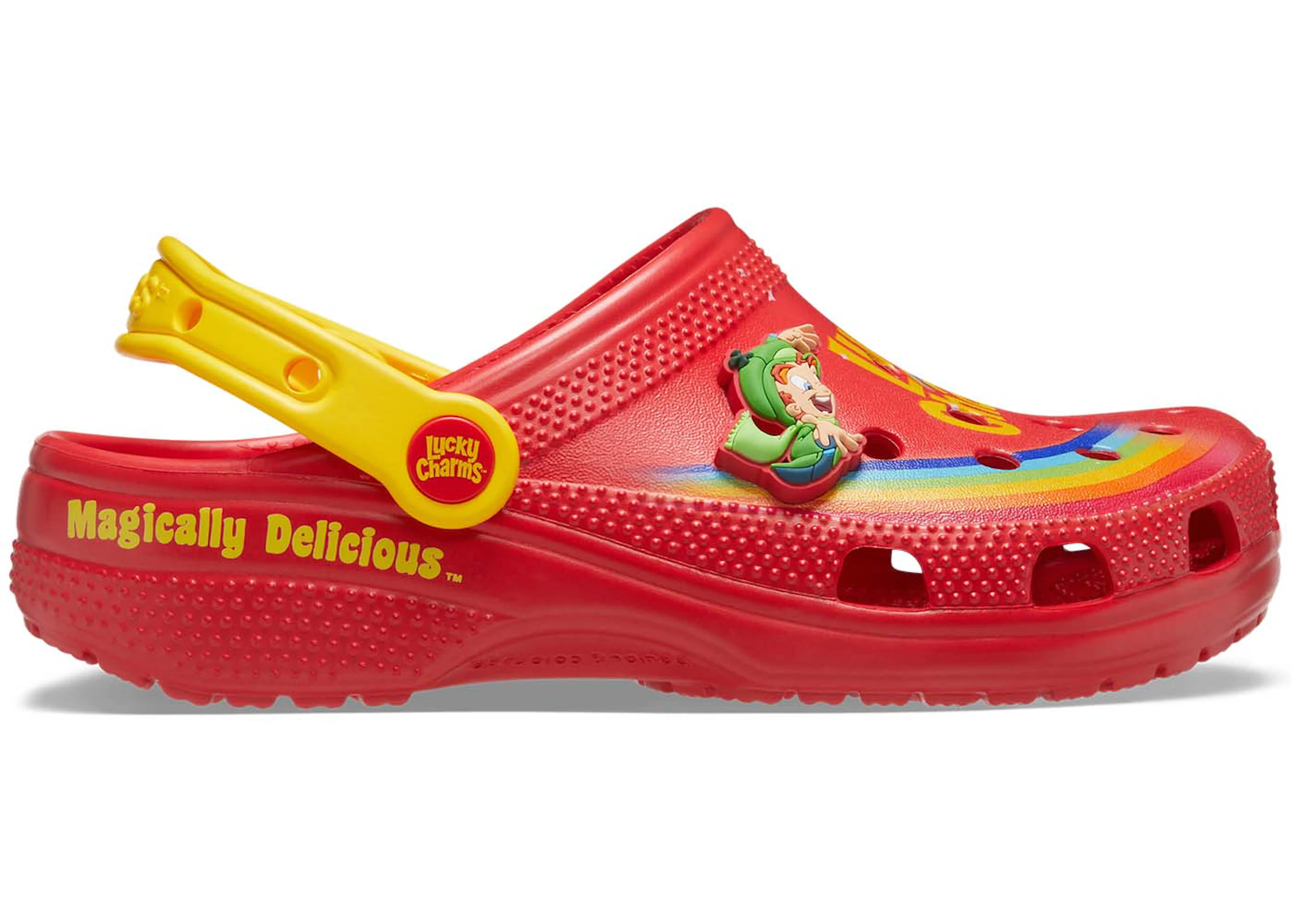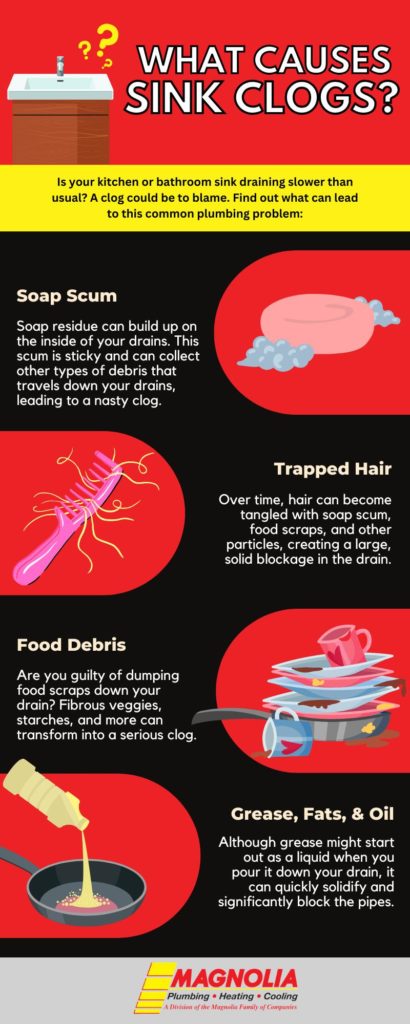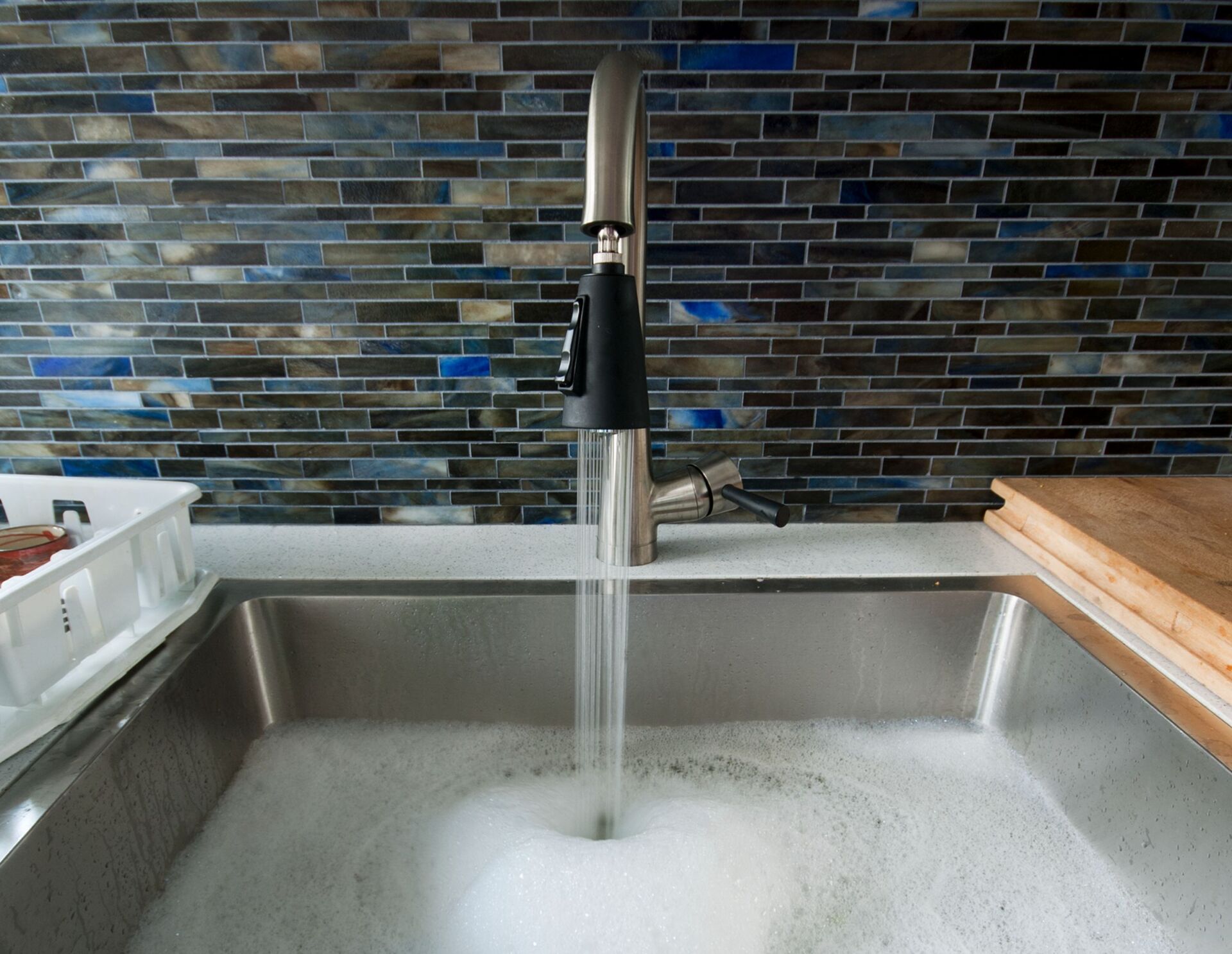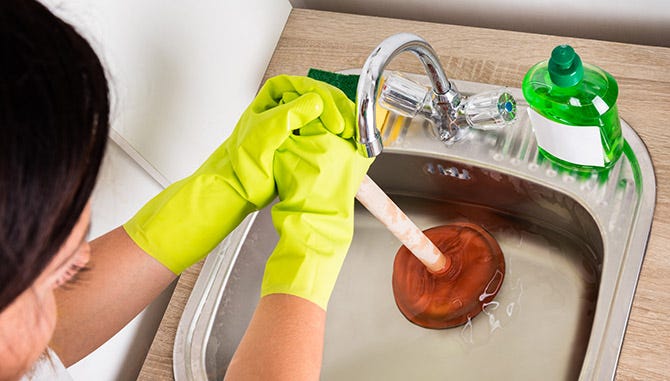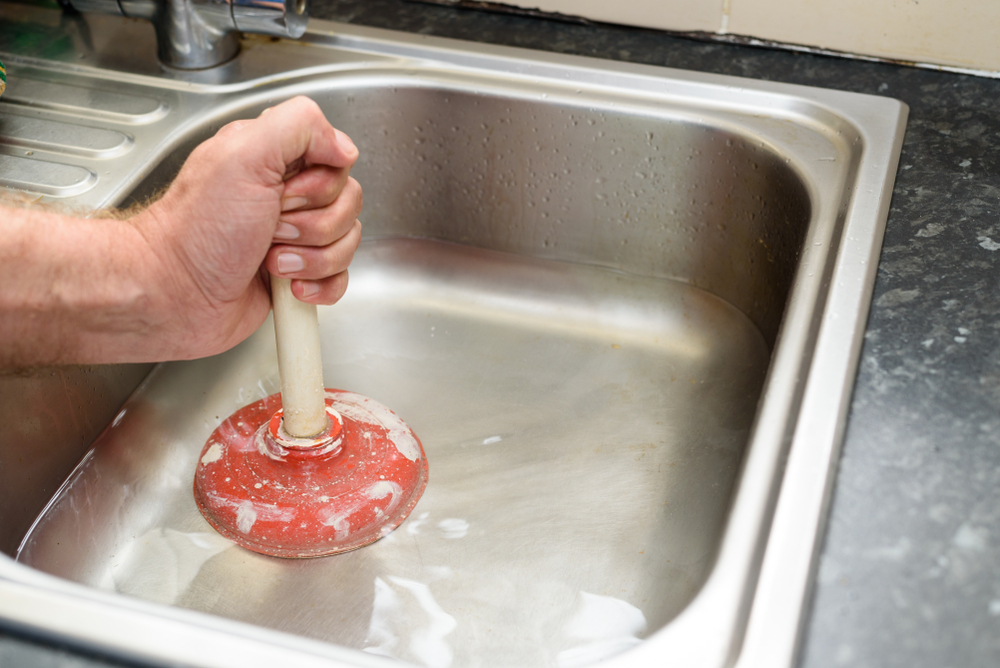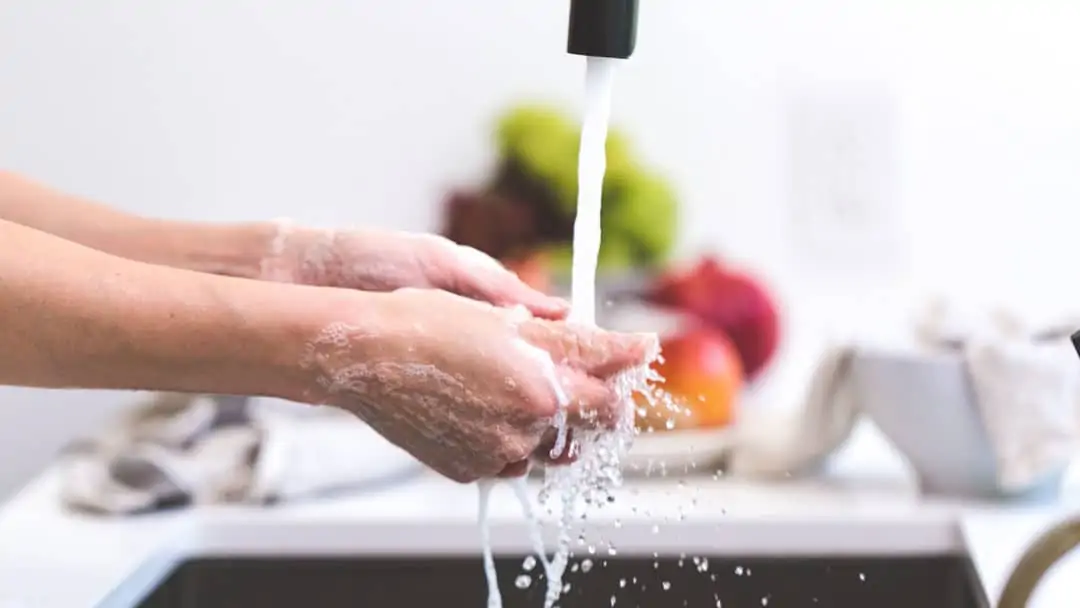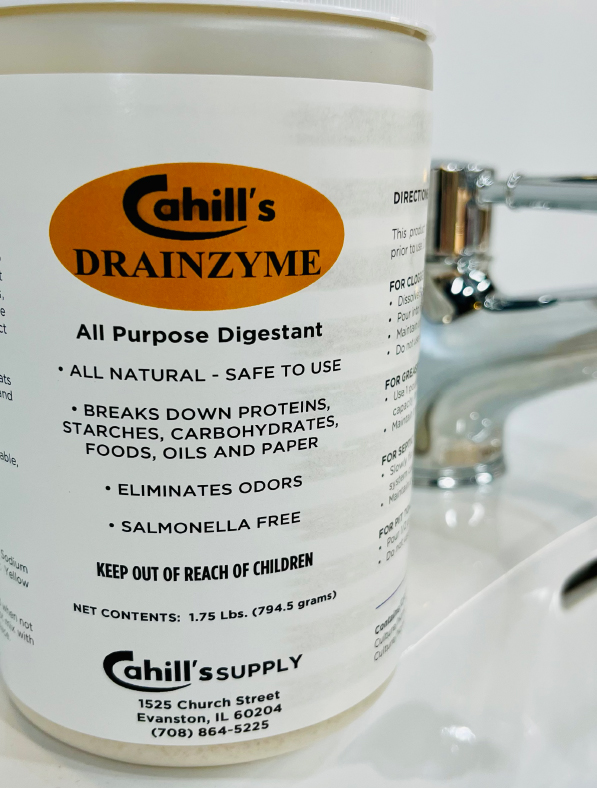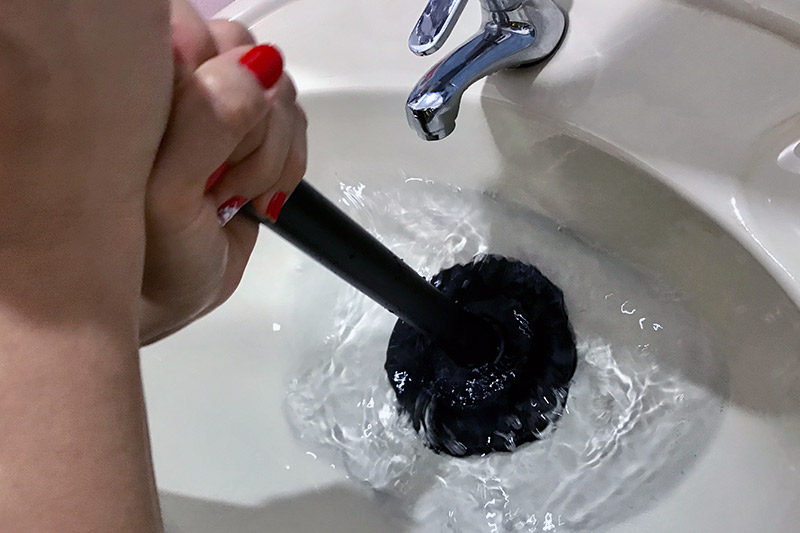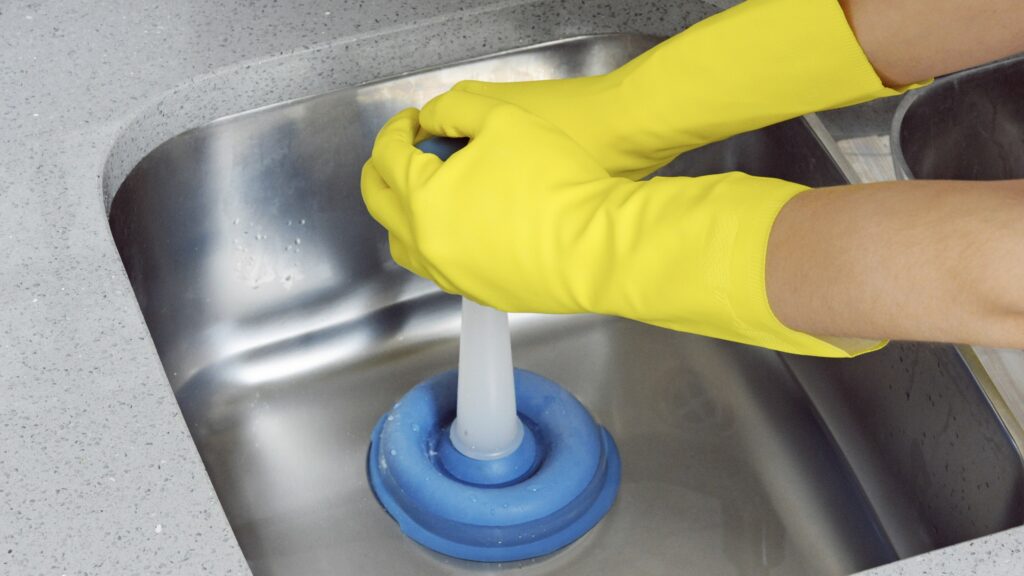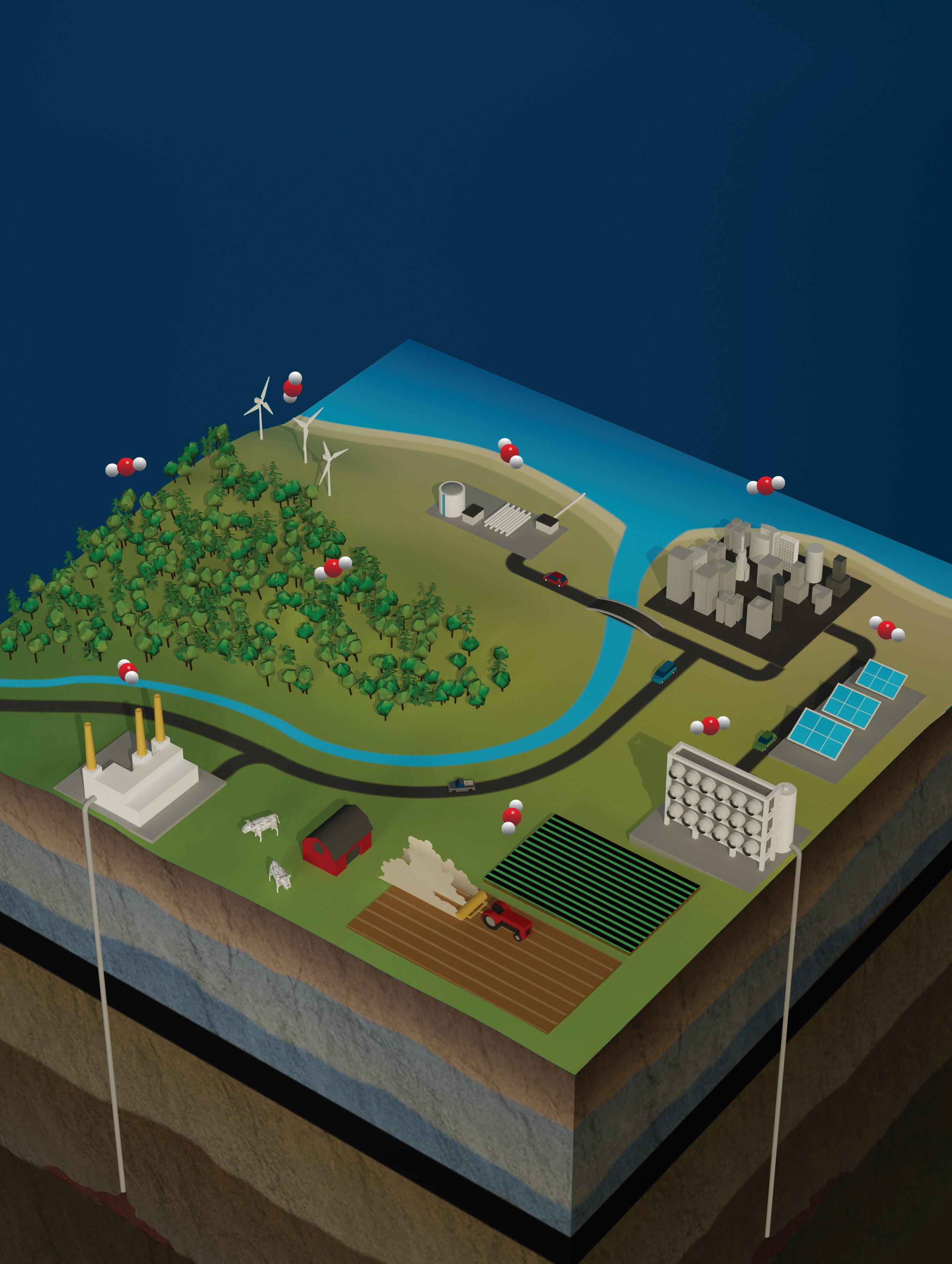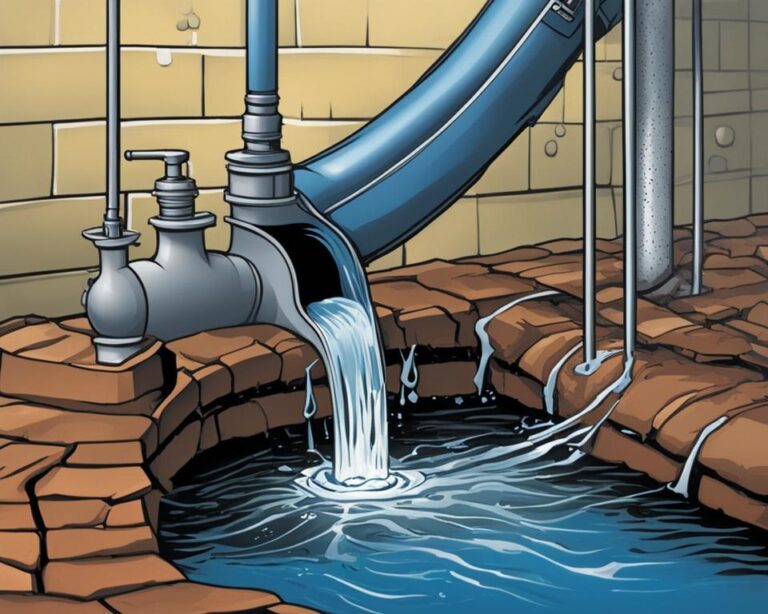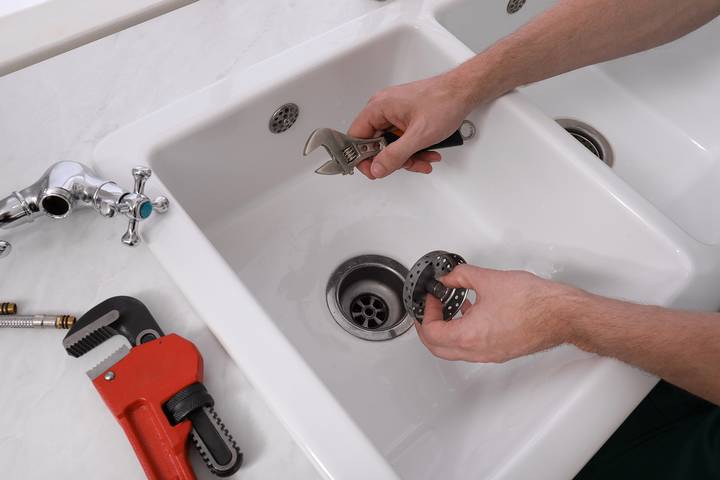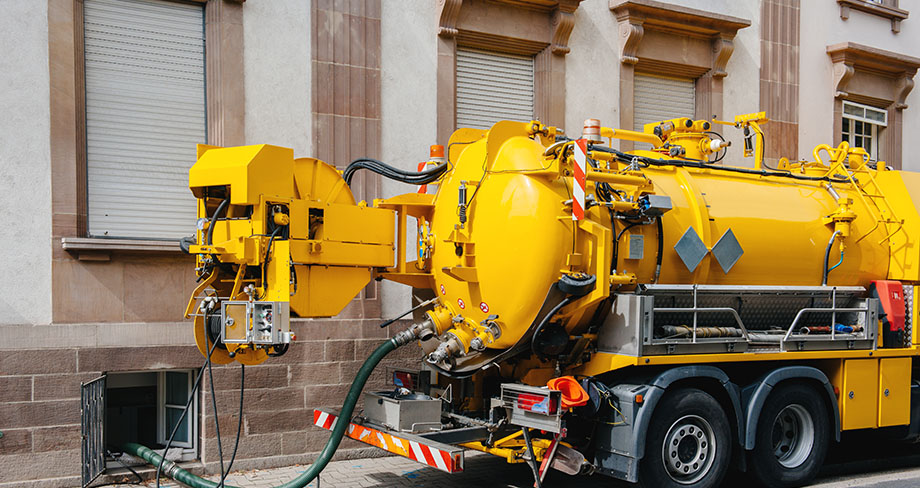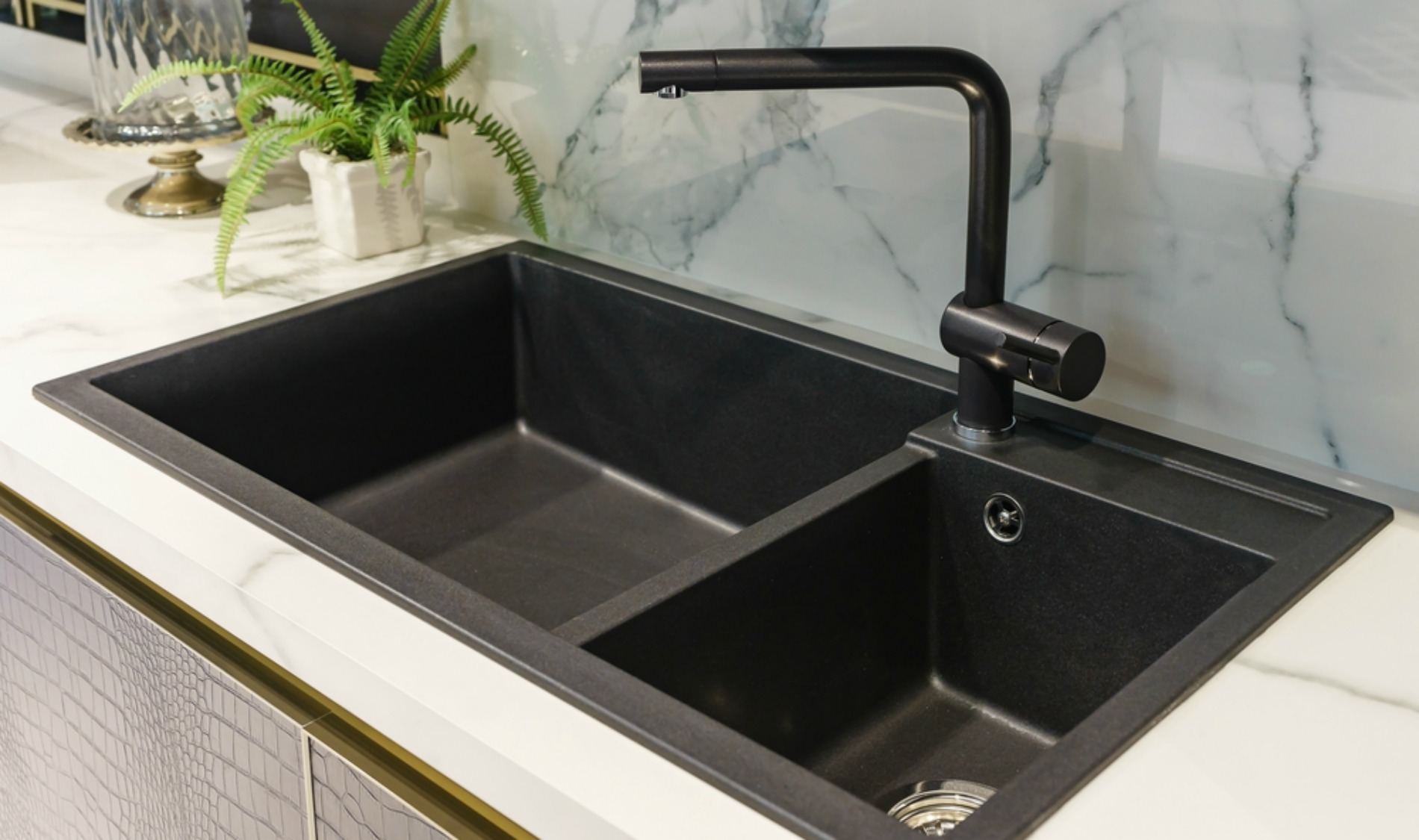Dealing with a clogged kitchen sink can be a major inconvenience, especially when it comes to preparing meals and cleaning up afterwards. The most common cause of a clog in the kitchen sink is a buildup of food particles, grease, and other debris in the downline. In this section, we will discuss some easy and effective tips for removing a downline clog and getting your sink back to working condition. First, try pouring hot water down the drain. This can help loosen up any food particles or other debris that may be causing the clog. If this doesn't work, you can move on to using a plunger or a natural remedy such as baking soda and vinegar. Both of these methods can help break down and dislodge the clog, allowing it to be flushed away. If the clog is still stubbornly stuck, you may need to use a drain snake. These tools are specifically designed to navigate through the downline and break up any clogs that may be blocking the flow of water. It may take a few tries, but with a bit of patience and persistence, you should be able to clear the clog.How to Unclog a Kitchen Sink Drain | Downline Clog Removal Tips
When it comes to a clogged kitchen sink, there are several DIY solutions that you can try before calling in a professional plumber. One of the easiest and most effective methods is using a plunger. Simply place the plunger over the drain and push down and pull up repeatedly until the clog is dislodged. If the plunger doesn't work, you can try using a natural remedy such as baking soda and vinegar. Pour half a cup of baking soda down the drain, followed by half a cup of vinegar. Let it sit for a few minutes before pouring hot water down the drain. The combination of these ingredients can help break down and loosen up the clog. Another DIY solution is using a mixture of salt and baking soda. Mix equal parts of both ingredients and pour it down the drain, followed by hot water. The abrasive texture of the mixture can help scrub away any buildup in the downline and clear the clog.DIY Solutions for a Clogged Kitchen Sink | Downline Clog Fixes
To prevent kitchen sink clogs from happening in the first place, it's important to understand the common causes. As mentioned earlier, food particles, grease, and other debris are the main culprits. To avoid these from building up in the downline, make sure to scrape food scraps into the trash before rinsing dishes in the sink. Another common cause of kitchen sink clogs is pouring cooking oil or grease down the drain. These substances can solidify and create a sticky barrier in the downline, trapping other debris and causing a major clog. Instead, dispose of these substances in a separate container and throw them in the trash. Additionally, avoid putting fibrous foods such as potato peels, coffee grounds, and eggshells down the drain. These items can get caught in the downline and create a blockage. By being mindful of what goes down your kitchen sink, you can prevent clogs from occurring.Common Causes of Kitchen Sink Clogs | Downline Clog Prevention
As mentioned earlier, using a plunger is one of the most effective methods for clearing a downline clog in the kitchen sink. When using a plunger, make sure to cover the entire drain and create a seal with the sink. This will create the necessary suction to dislodge the clog. If you have a double-bowl sink, make sure to cover the other drain with a wet cloth to prevent air from escaping. Once you have a good seal, push down and pull up on the plunger several times. This back-and-forth motion can help loosen and remove the clog. Be patient and keep trying until the water starts to drain freely.Using a Plunger to Clear a Kitchen Sink Clog | Downline Clog Removal Method
If you prefer to use natural remedies to clear a clogged kitchen sink, there are several options available. One popular method is using a combination of baking soda and vinegar, as mentioned earlier. Another natural solution is using a mixture of salt and baking soda. You can also try using boiling water to flush out the downline. This method is best for minor clogs and can help break down any grease or food particles that may be causing the blockage. However, be careful not to use boiling water if you have PVC pipes, as the hot temperature can damage them. Lastly, a mixture of lemon juice and baking soda can also be effective in clearing a clog. The acidity of the lemon juice can help break down any buildup in the downline and the baking soda can act as a scrubbing agent.Natural Remedies for a Clogged Kitchen Sink | Downline Clog Solutions
If the clog in your kitchen sink is particularly stubborn, you may need to use a drain snake to remove it. This tool is designed to navigate through the downline and break up any clogs that may be blocking the flow of water. You can purchase a drain snake at your local hardware store. To use a drain snake, insert it into the drain and turn the handle clockwise as you push it further into the downline. This will help the snake navigate through the pipes and break up the clog. Keep turning the handle until you feel the resistance of the clog break up. Then, carefully remove the snake and flush the drain with hot water.How to Use a Drain Snake to Clear a Kitchen Sink Clog | Downline Clog Removal Technique
While most kitchen sink clogs can be easily resolved with DIY methods, there are times when the clog may be more serious and require professional assistance. Some warning signs of a serious clog include water backing up in other drains, foul odors coming from the sink, or slow draining water. If you notice any of these signs, it's important to address the clog immediately before it worsens. A professional plumber can use specialized tools and techniques to remove the clog and prevent any further damage to your pipes.Signs of a Serious Kitchen Sink Clog | Downline Clog Warning Signs
If you are unable to clear a clogged kitchen sink on your own, it's best to call in a professional plumber. They have the expertise and equipment to effectively remove the clog and prevent it from recurring. Additionally, they can inspect your pipes and identify any potential issues that may lead to future clogs. It's important to address a clogged kitchen sink as soon as possible to avoid any further damage to your pipes and prevent additional inconvenience in your daily routine. A professional plumber can provide a quick and efficient solution to get your sink back to working condition.Professional Plumbing Services for Kitchen Sink Clogs | Downline Clog Repair
To prevent future kitchen sink clogs, it's important to practice good maintenance habits. This includes regularly cleaning the sink and downline, avoiding putting any non-food items down the drain, and being mindful of what goes down the sink. You can also use a drain cover to catch any food scraps and debris before they go down the drain. This can prevent buildup and reduce the risk of a clog. Additionally, using a garbage disposal can also help break down food particles and prevent them from causing a clog in the downline.Preventing Future Kitchen Sink Clogs | Downline Clog Maintenance Tips
If you've tried all of the above solutions and are still struggling with a stubborn kitchen sink clog, it may be time to call in a professional plumber. They can use advanced tools and techniques to locate the clog and remove it effectively. In some cases, a clog may be caused by a more serious issue with your plumbing system. A professional plumber can assess the situation and provide a long-term solution to prevent future clogs and maintain the proper functioning of your kitchen sink.Troubleshooting a Stubborn Kitchen Sink Clog | Downline Clog Problem Solving
How to Prevent a Downline Clog in Your Kitchen Sink
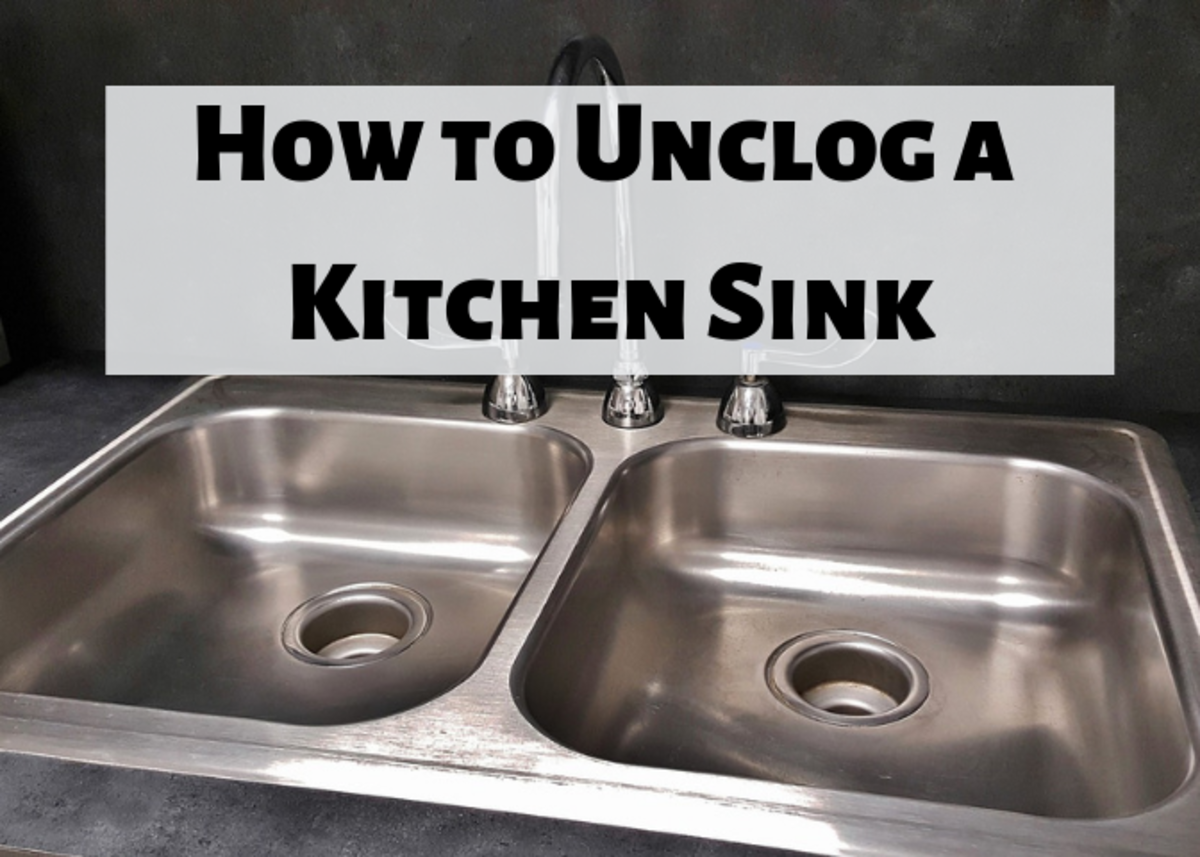
Understanding the Problem:
 As homeowners, we often encounter various plumbing issues, and a downline clog in our kitchen sink is one of the most common and frustrating problems. This type of clog occurs when food particles, grease, and other debris get trapped in the downline, causing water to back up and drain slowly. Not only does this create an unpleasant smell, but it can also disrupt our daily routines and lead to bigger plumbing problems if left untreated.
As homeowners, we often encounter various plumbing issues, and a downline clog in our kitchen sink is one of the most common and frustrating problems. This type of clog occurs when food particles, grease, and other debris get trapped in the downline, causing water to back up and drain slowly. Not only does this create an unpleasant smell, but it can also disrupt our daily routines and lead to bigger plumbing problems if left untreated.
The Importance of Proper House Design:
 When it comes to preventing a downline clog in your kitchen sink, proper house design plays a crucial role. The plumbing system in our homes is designed to efficiently direct water and waste away from the house. However, if the design is not well thought out, it can lead to clogs and other plumbing issues. Poorly designed plumbing can also result in expensive repairs and wasted water, which is not only harmful to our wallets but also to the environment.
When it comes to preventing a downline clog in your kitchen sink, proper house design plays a crucial role. The plumbing system in our homes is designed to efficiently direct water and waste away from the house. However, if the design is not well thought out, it can lead to clogs and other plumbing issues. Poorly designed plumbing can also result in expensive repairs and wasted water, which is not only harmful to our wallets but also to the environment.
Simple Solutions to Prevent a Downline Clog:
 Fortunately, there are simple steps that homeowners can take to prevent a downline clog in their kitchen sink. The first and most important step is to be mindful of what goes down your sink. Avoid pouring grease, oil, or coffee grounds down the drain as they can solidify and clog the pipes. Use a strainer to catch food particles and debris and dispose of them in the trash. Regularly clean the strainer and remove any buildup to prevent clogs.
Fortunately, there are simple steps that homeowners can take to prevent a downline clog in their kitchen sink. The first and most important step is to be mindful of what goes down your sink. Avoid pouring grease, oil, or coffee grounds down the drain as they can solidify and clog the pipes. Use a strainer to catch food particles and debris and dispose of them in the trash. Regularly clean the strainer and remove any buildup to prevent clogs.
Invest in a High-Quality Garbage Disposal:
:max_bytes(150000):strip_icc()/how-to-unclog-a-kitchen-sink-2718799_sketch_FINAL-8c5caa805a69493ab22dfb537c72a1b7.png) Another way to prevent a downline clog is to invest in a high-quality garbage disposal. This device breaks down food particles into smaller pieces, making it easier for them to pass through the pipes without causing a clog. It is important to choose a garbage disposal that is the right size and power for your household's needs. It is also essential to properly maintain the garbage disposal by running water before and after use and regularly cleaning it.
Another way to prevent a downline clog is to invest in a high-quality garbage disposal. This device breaks down food particles into smaller pieces, making it easier for them to pass through the pipes without causing a clog. It is important to choose a garbage disposal that is the right size and power for your household's needs. It is also essential to properly maintain the garbage disposal by running water before and after use and regularly cleaning it.
Call a Professional Plumber:
 If you have tried all the preventative measures and still experience a downline clog in your kitchen sink, it may be time to call a professional plumber. A trained plumber can assess your plumbing system and provide solutions to prevent future clogs. They can also use specialized tools to remove the clog and ensure that your pipes are clear and functioning properly.
In conclusion, a downline clog in your kitchen sink can be a frustrating and inconvenient problem. By understanding the issue, investing in proper house design, and taking simple preventative measures, homeowners can avoid this common plumbing issue. Remember to be mindful of what goes down your sink, invest in a high-quality garbage disposal, and seek professional help if needed. These simple steps can save you time, money, and hassle in the long run.
If you have tried all the preventative measures and still experience a downline clog in your kitchen sink, it may be time to call a professional plumber. A trained plumber can assess your plumbing system and provide solutions to prevent future clogs. They can also use specialized tools to remove the clog and ensure that your pipes are clear and functioning properly.
In conclusion, a downline clog in your kitchen sink can be a frustrating and inconvenient problem. By understanding the issue, investing in proper house design, and taking simple preventative measures, homeowners can avoid this common plumbing issue. Remember to be mindful of what goes down your sink, invest in a high-quality garbage disposal, and seek professional help if needed. These simple steps can save you time, money, and hassle in the long run.







